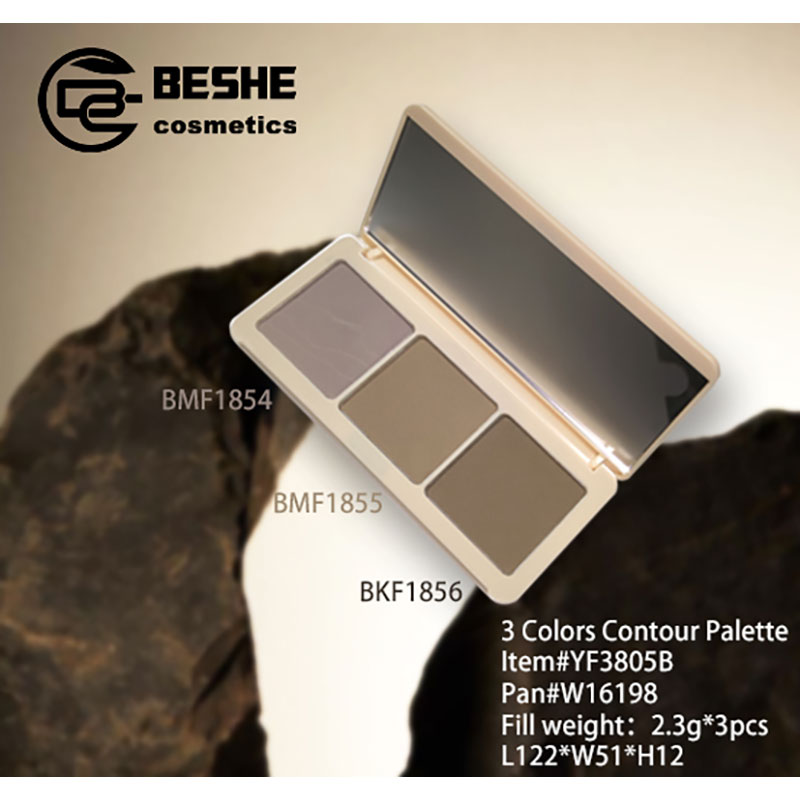Finding Your Contour Match: Choosing the Right Shade of Contour Palette for Your Skin Tone
2024-03-22
Contouring has revolutionized the makeup world, offering the ability to sculpt and define facial features for a flawless finish. However, selecting the perfect contour palette shade for your skin tone is essential to achieving natural-looking results. In this blog, we'll explore the steps to help you choose the right shade of contour palette for your unique skin tone, ensuring a seamless and sculpted look every time.
Understanding Undertones:
Before diving into choosing a contour palette shade, it's crucial to understand your skin's undertones. Undertones are the subtle hues that lie beneath the surface of your skin and can be categorized as warm, cool, or neutral. Determining your undertone will guide you in selecting contour shades that complement your complexion harmoniously.
Identifying Your Skin Tone:
Skin tone refers to the surface color of your skin, which can vary from fair to deep. Here's a general guide to help you identify your skin tone:
1. Fair: Your skin appears pale, with pink or peach undertones.
2. Light: Your skin has a subtle warmth, with yellow or beige undertones.
3. Medium: Your skin has a balanced combination of warm and cool undertones, often with olive or golden hues.
4. Tan: Your skin has a warm, golden undertone, with a deeper complexion.
5. Deep: Your skin has rich, deep tones, with warm or cool undertones.
Choosing Contour Shades:
Once you've determined your skin tone and undertones, it's time to select the appropriate contour shades:
1. Fair to Light Skin Tones: Opt for contour shades with cool or neutral undertones to create natural-looking shadows. Avoid shades that are too dark or warm, as they can appear muddy or unnatural on fair skin.
2. Medium Skin Tones: Choose contour shades that are slightly deeper than your natural skin tone, with warm or neutral undertones. Shades with a hint of taupe or gray can create subtle shadows without looking too harsh.
3. Tan to Deep Skin Tones: Look for contour shades with rich, deep pigmentation and warm undertones. Shades with a touch of bronze or caramel can add depth and dimension to darker complexions without appearing too stark.
Testing and Blending:
Before committing to a contour palette shade, it's essential to test and blend the product to ensure a seamless match with your skin tone. Apply a small amount of the contour shade to the hollows of your cheeks and jawline, then blend thoroughly using a makeup brush or sponge. The contour shade should seamlessly blend into your skin, creating natural-looking shadows and definition.
Consider Your Makeup Look:
Lastly, consider the makeup look you're aiming to achieve when selecting a contour palette shade. For everyday wear, opt for shades that are one to two shades deeper than your natural skin tone for a subtle, sculpted effect. For more dramatic or evening looks, you can experiment with deeper or more intense contour shades to create bold definition and dimension.
Conclusion:
Choosing the right shade of contour palette for your skin tone is essential for achieving a flawless, sculpted look. By understanding your skin's undertones, identifying your skin tone, and selecting contour shades that complement your complexion, you can enhance your natural beauty with precision and confidence. Experiment with different shades and techniques to find the perfect contour match for your unique features, and elevate your makeup game to new heights.



